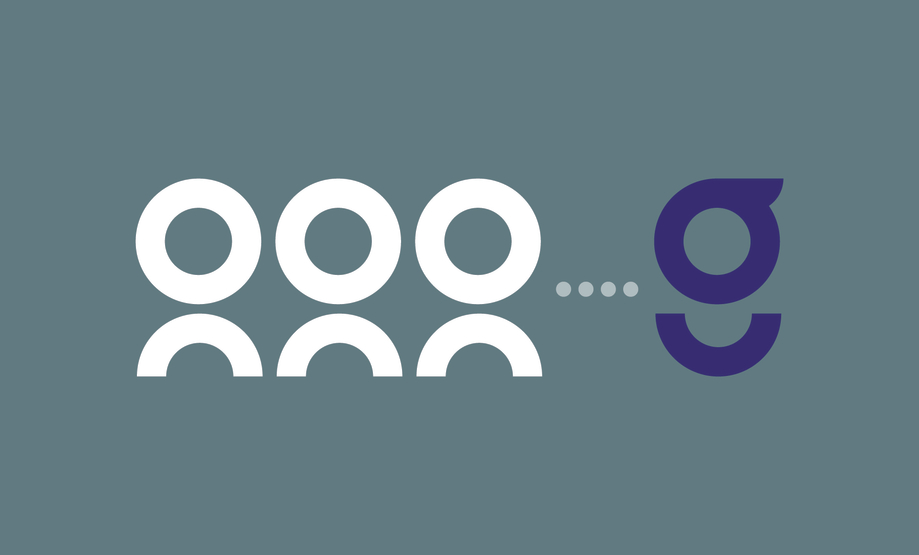How to Save Money on Employee Wellness Benefits
It's become more important than ever to provide options beyond the standard health and dental for your employees. Personalized programs (combined with non-cash incentives) would motivate 80% of employees to be more engaged in employer programming according to a 2019 Welltok survey.
The balance between your company's budget and your employees' needs can be struck, but you'll need to gather some data first: what benefits would be the most useful? What combination would help save the company money?
4 Money Saving Wellness-Benefit Tips
Here are some resources you can tap into:
The original source: employees
Where better to start than your own doorstep? Employees have the best insight on how they're interacting with their own benefits. Send out a quick email asking employees how they like their benefits, and what may be beneficial to them. If this is a big task, take a look at your insurance dashboards and see for yourself how employees are using their benefits. Is the engagement rate high? Is spend higher in one area than you would have expected? From this information, you can weed out benefits that are not benefiting your employees or supplement what exists.
Ask your broker
Most companies only talk to their broker once a year when open enrollment is looming. Smart companies tap into their broker's knowledge year-round. Besides negotiating your premium increases, they're also savvy on the latest trends in ancillary benefits. Ask them to review your benefits package and give advice on where your money is best spent. They may suggest adding a complementary health option like Goodpath, where everything is all in one place and simple for both companies and employees to manage.
Use your industry and department associations
Others in your industry may be going through the same struggle as you. But because you work in similar sectors, your employees' needs could be similar. Seek out the advice of other members in your associations and ask them what saved money and helped their employees. You may find some intersections between your company and theirs. If you're not part of industry groups, human resource and benefit manager organizations are a great starting point. These websites and social media groups often publish their own studies, post the latest news, and provide helpful content for members. Look into groups like the Society of Human Resource Management (SMHR) and the Employee Benefit Research Institute (EBRI).
Pull reports from your TPA
Besides the employees themselves, third-party administrators (TPAs) know exactly where your employees spend their health insurance money. TPAs process claims for health insurance, so they can tell you exactly where the money is going. Request a report to see how claims from doctors, hospitals, and pharmacies are divided. From there, you'll get insight on how much of your benefits your employees are actually using, which can ultimately help you consolidate benefits. For example, you can cut down on prescription costs by introducing an integrative care program like Goodpath. Our approach lowers pharmaceutical costs by at least 85% (analyzed in claims/patient data).
Remember, always be vigilant
Employees in a 2018 Zenefits survey identified health and wellness programs as their most important perk to them. By offering more than the basics, you can save money in other places within the company.
Goodpath makes a great ancillary benefit that satisfies both companies and their employees. Our programs make care for common conditions easy, with one-on-one coaching and supplements delivered directly to your employees.
Learn more about how Goodpath can help you save on medical costs here.
